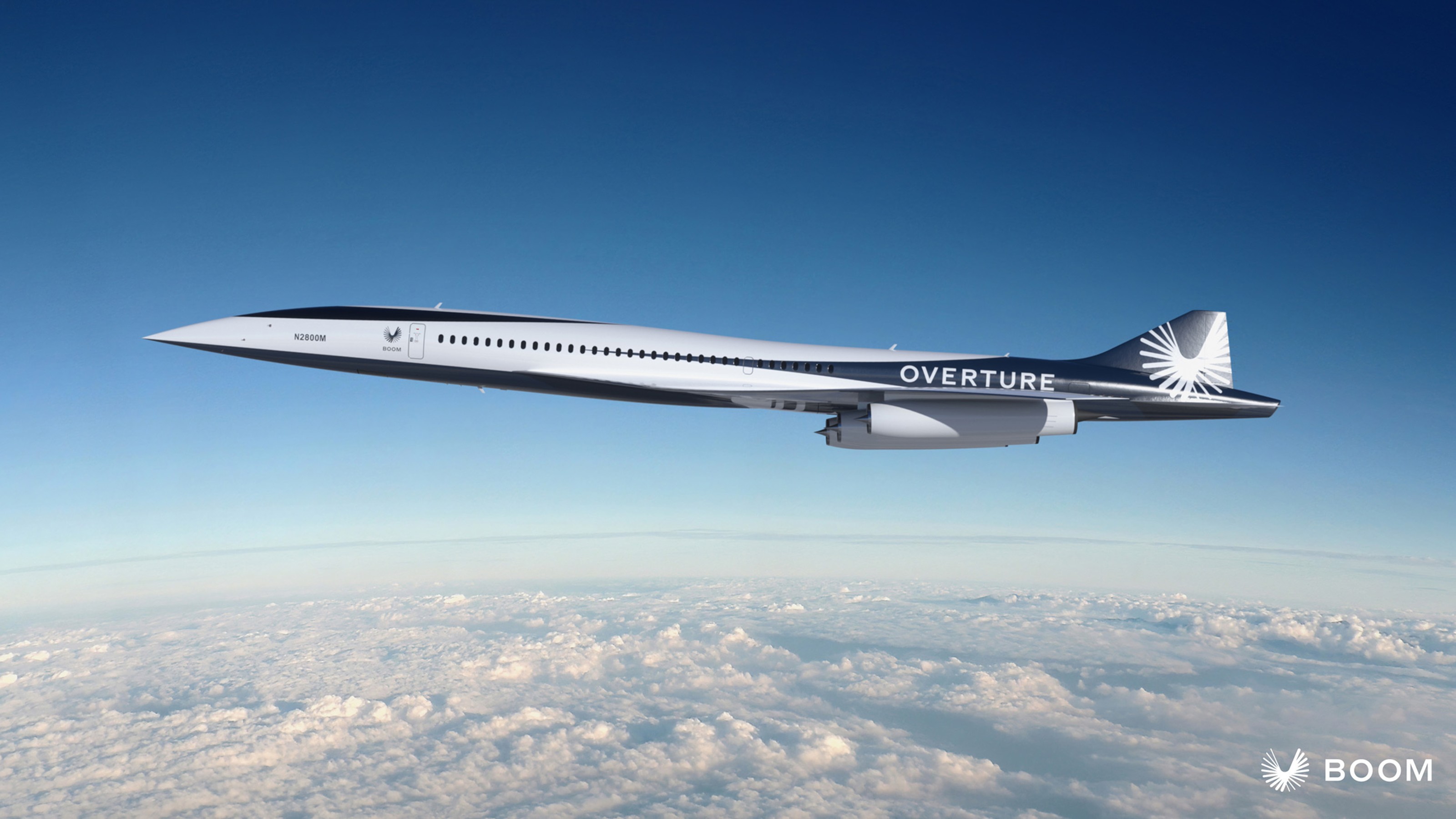Justin Rattner is vice president and chief technology officer (CTO) at Intel. In 1989, Rattner was named Scientist of the Year by R&D Magazine for his leadership in parallel and distributed[…]
Sign up for the Smarter Faster newsletter
A weekly newsletter featuring the biggest ideas from the smartest people
It took ten years for Intel CTO Justin Rattner to develop the first computer to sustain one trillion operations per second. Between 1996 and 2000, it was the world’s fastest computer.
Question: What inspired you to build the world’s fastest rncomputer?
Somehow I managed to convince them that this was a good idea, something worth investing in and for literally the next 10 years we were on this chase to build the world's fastest computer, which we succeeded in doing by 1996.
Question: How did the invention work?
Justin Rattner: One interesting way to look at it is just to think about the cylinders in the engine and your automobile. We have four-cylinder engines and six-cylinder engines, and eight-cylinder engines. I happen to have a car that has a 10-cylinder engine and there're even some with 12 or more cylinders. So instead of having one giant cylinder that's trying to generate all the power to move the car you use a number of smaller ones and the aggregate power is what moves the car at freeway speeds. And we're in a sense doing the same thing by using lots of microprocessors to generate high-performance. We're taking their individual power and harnessing it in such a way that we can bring all of their energy to bear on one single very challenging computational problem.
Question: What sparked your interest in math and science?
Justin Rattner: I built my first computer, or calculator I guess more accurately, when I was 12 and I had to learn about binary arithmetic and how computers did arithmetic. And that really took me into learning new things about math and certainly electrical engineering because it was all part of creating that calculator. The fact that I could actually build an electronic device that could add, subtract, and multiply. It couldn't do divide, I wasn't quite up for divide but do three of the four basic calculator functions. And that it would do it repeatedly, endlessly, and always get the right answer. I think that kind of determinism is what really captured me.
Question: What was the first thing you dreamt of inventing?
Justin Rattner: I can't remember exactly how old I was. Probably 10 or 11 but a neighbor boy and I had this idea that we should have a private telephone link between our houses. And so we set out to build the link and we got sort of the end points figured out but then came time to run the cable from my house to his house which was - we were several houses apart. And we never managed to get that cable to work. The funny part is years later one of the neighbors asked me to remove the cable because they were doing some landscaping. And so I walked along the fence pulled the cable out and I came to this point where that cable and the other cable was coming from my friend's house were simply knotted together. There was no electrical connection between the two, so that was an ill-fated adventure but my first attempt at inventing something.
Justin Rattner: I began to realize that there was sort of this insatiable demand for computing performance and that, that demand wouldn't be satisfied anytime in the near term unless we could figure out a way to put 10's or 100's or even 1,000's of microprocessors together to work on one of these very big single problems. So I eventually went to my management and said, "I know you have me looking at other companies but I have this idea of starting a business that's sort of based on this notion of using lots of microprocessors."
Somehow I managed to convince them that this was a good idea, something worth investing in and for literally the next 10 years we were on this chase to build the world's fastest computer, which we succeeded in doing by 1996.
Question: How did the invention work?
Justin Rattner: One interesting way to look at it is just to think about the cylinders in the engine and your automobile. We have four-cylinder engines and six-cylinder engines, and eight-cylinder engines. I happen to have a car that has a 10-cylinder engine and there're even some with 12 or more cylinders. So instead of having one giant cylinder that's trying to generate all the power to move the car you use a number of smaller ones and the aggregate power is what moves the car at freeway speeds. And we're in a sense doing the same thing by using lots of microprocessors to generate high-performance. We're taking their individual power and harnessing it in such a way that we can bring all of their energy to bear on one single very challenging computational problem.
Question: What sparked your interest in math and science?
Justin Rattner: I built my first computer, or calculator I guess more accurately, when I was 12 and I had to learn about binary arithmetic and how computers did arithmetic. And that really took me into learning new things about math and certainly electrical engineering because it was all part of creating that calculator. The fact that I could actually build an electronic device that could add, subtract, and multiply. It couldn't do divide, I wasn't quite up for divide but do three of the four basic calculator functions. And that it would do it repeatedly, endlessly, and always get the right answer. I think that kind of determinism is what really captured me.
Question: What was the first thing you dreamt of inventing?
Justin Rattner: I can't remember exactly how old I was. Probably 10 or 11 but a neighbor boy and I had this idea that we should have a private telephone link between our houses. And so we set out to build the link and we got sort of the end points figured out but then came time to run the cable from my house to his house which was - we were several houses apart. And we never managed to get that cable to work. The funny part is years later one of the neighbors asked me to remove the cable because they were doing some landscaping. And so I walked along the fence pulled the cable out and I came to this point where that cable and the other cable was coming from my friend's house were simply knotted together. There was no electrical connection between the two, so that was an ill-fated adventure but my first attempt at inventing something.
Recorded on June 1, 2010
▸
2 min
—
with





